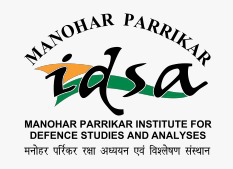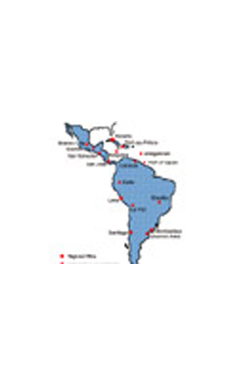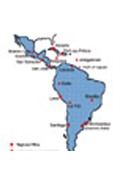Home » Occasional Papers
India-Africa Cooperation in Human Resource Development: Education ,Training and Skills
Human resource development (HRD) and capacity building are frequently claimed to be at the heart of India's development cooperation. This paper is one of the first to look inside these claims and to review critically the many different facets of India's capacity building. The focus is India's engagement with Africa, and the time-frame is from 1947 till the present. Many of the key HRD elements in India's cooperation are covered: from support to thousands of African students and professionals to learn from Indian institutions to the ambitious HRD pledges of the three India-Africa Forum Summits. India's soft power in Africa is examined along with its support to institutional and digital development.
- Kenneth King |
- 2019 |
- Occasional Papers
Defence Planning and Budget Dilemma
The government decided to do away with the five year planning process in 2014. Therefore, there is no 13th plan. Despite this, MoD has gone ahead and formulated the 13th five year plan and submitted it to MoF for information only. Thus, the dilemma of defence planning and budget continues.
- Vinay Kaushal |
- 2018 |
- Occasional Papers
India’s Relations with the Latin America-Caribbean Region: Prospects and Constraints
This paper seeks, from a Latin American perspective, to examine India's relations with the Latin America-Caribbean region. It makes a distinction between the hesitant and somewhat apathetic approach of the Indian government towards enhanced ties with the region and the rather more proactive and enthusiastic approach by the Indian business sector which has seen Indian trade with the region growing many fold and increasing at the same rate as China's.
- Sanjay Badri-Maharaj |
- 2017 |
- Occasional Papers
Defence Research and Development: International Approaches for Analysing the Indian Programme
The Occasional Paper attempts to analyse the performance of India's defence research and development machinery and especially that of the DRDO. The Paper concludes by bringing out the lessons and concurrently suggesting the way ahead for India.
- Ranjit Ghosh |
- 2015 |
- Occasional Papers
Defence Innovations in India: The Fault Lines
The Occasional Paper examines India's defence innovation performance, especially of the Defence Research and Development Organisation (DRDO) and the defence industry. The paper argues that the innovation performance of these two players is constrained by lack of a higher organisational structure which could provide direction and required thrust to the indigenous R&D.
- Laxman Kumar Behera |
- 2014 |
- Occasional Papers









